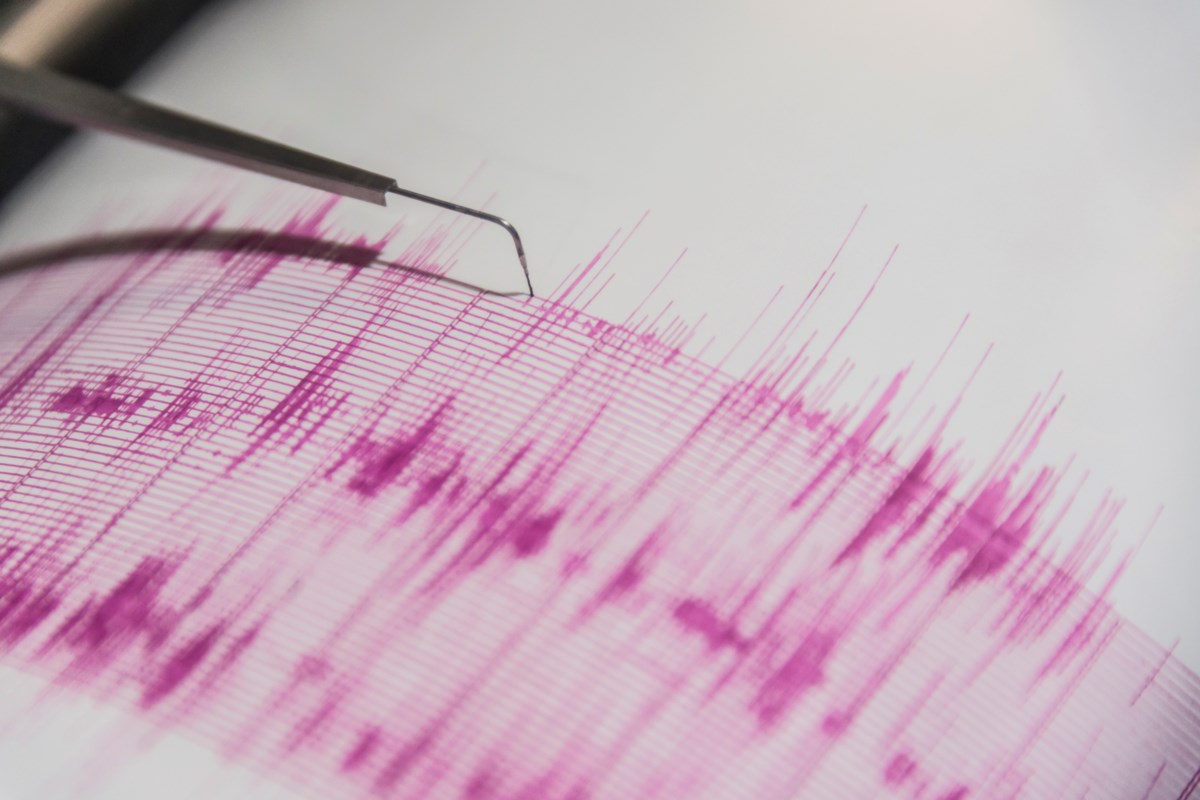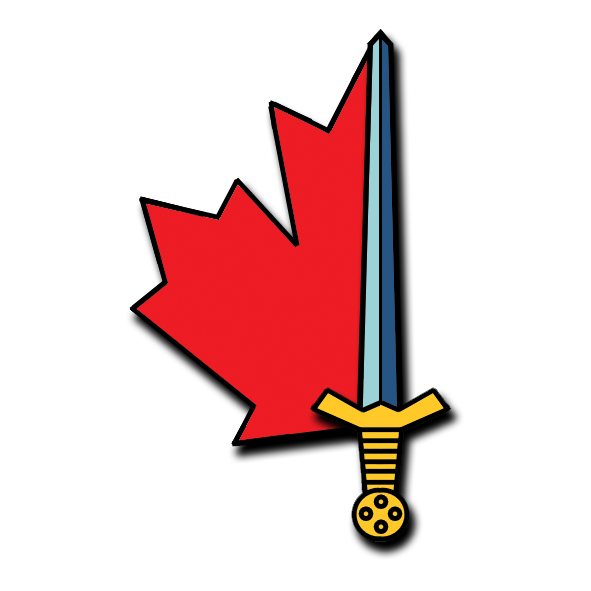- Reaction score
- 21,841
- Points
- 1,260
Malthusian Checks…It turns out "The Great Reset" is actually a natural phenomena and not a conspiracy theory after all.

Malthusian Checks…It turns out "The Great Reset" is actually a natural phenomena and not a conspiracy theory after all.
Volcanic ash is very fertile and would probably improve the crop yields so long as it isn't too deep to till initially and machinery can be protected from it.



 www.timescolonist.com
www.timescolonist.com

 www.khon2.com
www.khon2.com
What’s the size of that team? My experience with that stuff is they aren’t nearly large enough to handle a “super disaster”. I would suggest that Canada has no capability for that.I was only familiar with CAN-TF3. Their pay cheques come from City Hall. I doubt they GAF about party politics...
What’s the size of that team?
CAN-TF3 is operated by Toronto Fire Services, in collaboration with Toronto Police Service and Toronto EMS created to deal with search and rescue operations in the City of Toronto.[1] This specialized unit was created following the September 11 attacks in New York City, United States and allows the city to deal with large-scale disasters. The unit can respond to situations outside of the city, and offer provincial, national, as well as international assistance.
The capabilities of Toronto HUSAR include, but are not limited to the following:
- but the realistic scope and sustainability of the capability is a different question,
I haven't worked with CANTF-3 but did work with CANTF-2 (City of Calgary based) a couple of years ago.

 army.ca
army.ca
Real world capability? I remember the strain we were under just to respond to "little" things. Like traffic accidents.
I do not recall anything I would descibe as a major disaster. But, privately, I don't think many of us had much confidence we had the human resources available to handle one.
I was thinking of Horse River in 2016 - Fort Mac Murray.I saw the Vancouver HUSAR team once during an exercise. They're about platoon strength I think. Lots of cool gear, but a tiny organization.
During a major disaster they'd be pretty much useless IMHO. You'd need about a Brigade's worth of resources to make even a small dent in the disaster response requirements for a major urban centre.
Thanks Mariomike. Just don't hear as much about Ontario resources being out west and I hadn't heard the Ontario counterparts discuss them much.CAN TF-3 deployed to Elliot Lake, ON.

City of Toronto’s HUSAR team deployed to Elliot Lake
"The mayor of Elliot Lake declared a state of emergency, triggering action from the City of Toronto’s HUSAR team. It deployed for the seven-hour trek Saturday night, bringing tractor trailers, vans and rescue equipment to the northern Ontario town of 11,000, which sits about halfway between...army.ca
I suggested that a massive earthquake in the Greater Vancouver Region, would create enough chaos below the border to suck up the resources in Ft Lewis and Washington State. Likely the US would mobilize resources to our aid from the States outside the affected area with heavy equipment crossing the border within 3-4 days. I would expect them to have a great deal of helicopters into the area and operating SAR and supply within 24hrs and likley the focus would be to get Abbotsford airport up and operational again. My guess is that YVR and Boundary bay would both be a real mess and possibly flooded.Don't forget if BC goes down the tube the USA is also probably busy with their share of the disaster.
I imagine we (Canada) would be on our own for sometime.
I suggested that a massive earthquake in the Greater Vancouver Region, would create enough chaos below the border to suck up the resources in Ft Lewis and Washington State. Likely the US would mobilize resources to our aid from the States outside the affected area with heavy equipment crossing the border within 3-4 days. I would expect them to have a great deal of helicopters into the area and operating SAR and supply within 24hrs and likley the focus would be to get Abbotsford airport up and operational again. My guess is that YVR and Boundary bay would both be a real mess and possibly flooded.
Within a week I would expect the US to have 1-2 amphibious ships in the harbour assisting in rescue and movement of people and supplies. About this time I would expect a smattering of CAF resources finally working their way through the mountains and slowly working their way west, depending on the level of damage there. They would have minimal equipment to bring to the effort sadly and a lot may get consumed just getting to the Lower Mainland.
I would expect a RCN warship and possibly a MCDV into the harbour within 24 hours, depending on how much damage is done to Victoria and Esquimalt. However that just brings a few RHIB's to the game and maybe a hundred sailors to assist. The MCDV might be useful to survey the narrows to determine the viability of getting rescue ships into the harbour. all depending on whether a major bridge collapses or is in danger of such. Once Abbotsford is open, I see the RCAF playing a big role in moving supplies in.
We will all be thankfully that we live beside the US, because they will pull out all the stops to help us, with no delay.

I suggested that a massive earthquake in the Greater Vancouver Region, would create enough chaos below the border to suck up the resources in Ft Lewis and Washington State. Likely the US would mobilize resources to our aid from the States outside the affected area with heavy equipment crossing the border within 3-4 days. I would expect them to have a great deal of helicopters into the area and operating SAR and supply within 24hrs and likley the focus would be to get Abbotsford airport up and operational again. My guess is that YVR and Boundary bay would both be a real mess and possibly flooded.
Within a week I would expect the US to have 1-2 amphibious ships in the harbour assisting in rescue and movement of people and supplies. About this time I would expect a smattering of CAF resources finally working their way through the mountains and slowly working their way west, depending on the level of damage there. They would have minimal equipment to bring to the effort sadly and a lot may get consumed just getting to the Lower Mainland.
I would expect a RCN warship and possibly a MCDV into the harbour within 24 hours, depending on how much damage is done to Victoria and Esquimalt. However that just brings a few RHIB's to the game and maybe a hundred sailors to assist. The MCDV might be useful to survey the narrows to determine the viability of getting rescue ships into the harbour. all depending on whether a major bridge collapses or is in danger of such. Once Abbotsford is open, I see the RCAF playing a big role in moving supplies in.
We will all be thankfully that we live beside the US, because they will pull out all the stops to help us, with no delay.
If I recall, there were command and control issues during that deployment; both between responder agencies and levels of government. I know incident management was addressed in the Public Inquiry but I don't know what changes, if any, have been made in the intervening years. Layer that on travel times in this fair land (6-ish hours Toronto to Elliot Lake) and the effectiveness of complex emergency response diminishes away from major urban centres. I do believe HUSAR funding and training has been spread out to additional fire services in the province.CAN TF-3 deployed to Elliot Lake, ON.

City of Toronto’s HUSAR team deployed to Elliot Lake
"The mayor of Elliot Lake declared a state of emergency, triggering action from the City of Toronto’s HUSAR team. It deployed for the seven-hour trek Saturday night, bringing tractor trailers, vans and rescue equipment to the northern Ontario town of 11,000, which sits about halfway between...army.ca

